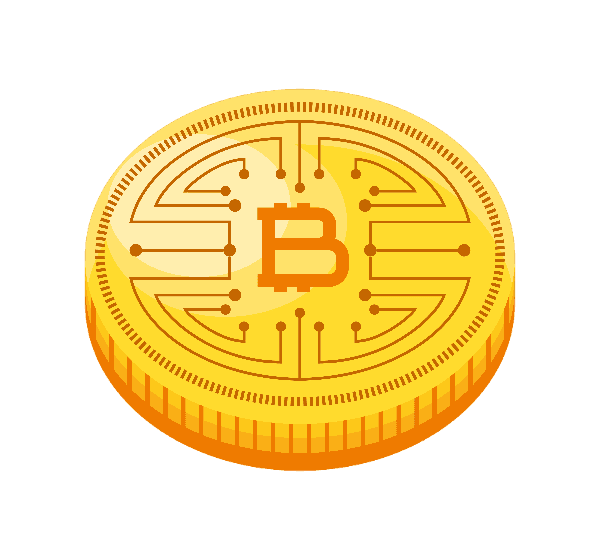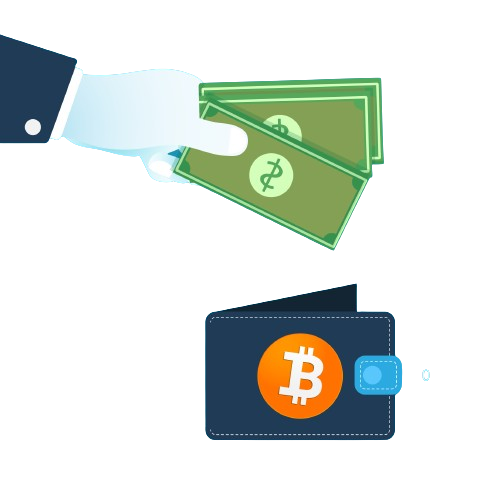
The advent of blockchain technology has led to an explosion of new digital assets beyond just cryptocurrencies like Bitcoin. Terms like coins and tokens are often used interchangeably to refer to cryptocurrencies. However, there are some key differences between coins and tokens, especially concerning how they function within your Bitcoin wallet.
Understanding the distinction between coins and tokens is crucial for cryptocurrency holders looking to branch out beyond Bitcoin or assemble a diversified portfolio. This knowledge helps ensure you store the right assets properly in your Bitcoin wallet and transact seamlessly across different blockchain networks.
Native Cryptocurrencies as Coins
A coin refers to a native cryptocurrency of its standalone blockchain network, like Bitcoin or Litecoin. Coins serve as a means of value exchange and reward for network participation through mining or staking. They also provide utility by enabling functions like transfers between wallet addresses on their blockchains.
Bitcoin is the most prominent example of a cryptocurrency coin. Bitcoin holders use their Bitcoin wallets to send BTC directly to each other without intermediaries. Other major coins include Ethereum, Litecoin, Cardano, Polkadot, Dogecoin, and more. Each coin is the native asset to its unique blockchain.
Coins typically act as a store of value and a medium of exchange within their networks. Bitcoin is accepted widely as a payment method, while ether serves as “gas” to run smart contracts on Ethereum. Coins usually have a fixed maximum supply and decentralized means of distribution through mining. The value stems from utility, adoption, and community consensus.
Blockchain Tokens as Digital Assets

In contrast to coins, tokens are digital assets that exist on top of another blockchain network. Tokens are issued to represent an asset, utility, reward points, etc., and rely on the underlying network’s technology to function. Tokens don’t have their standalone blockchain like a cryptocurrency coin.
For example, numerous tokens have been issued on Ethereum as ERC-20 tokens or on Cardano as native assets. These tokens leverage the Ethereum and Cardano networks to execute transactions but aren’t the native chain coins themselves. Tokens represent everything from stablecoins to governance rights and more.
Tokens can be traded, transferred, or burned according to how they are programmed. Tokens distributed by a project usually provide some utility like authenticating provenance or enabling network functions. Most blockchain games have tokens to represent in-game assets that users can truly own and trade.
Key Differences Between Coins and Tokens
There are some other notable technical differences between coins and tokens:
Coins operate on their blockchain, while tokens rely on an existing network’s infrastructure. Coins serve as a reward and incentive mechanism for network validators through mining or staking. Tokens do not directly compensate validators.
Coin supplies are predetermined and released algorithmically. Token supplies are determined by the issuer and distribution method.
Coins enable basic blockchain functions like transfers and programmability. Tokens represent specific assets or utilities as designed.
Being native network assets, coins tend to be more decentralized and censorship-resistant. Tokens rely more on the underlying network’s governance model.
Significant development work is required to build and maintain a new blockchain for each coin. Tokens can be issued readily on existing chains.
Storing Coins and Tokens in Your Bitcoin Wallet

With an understanding of the distinction, we can better approach storing coins and tokens appropriately in our Bitcoin wallet:
Coins need their unique wallet address on their associated blockchain network. A Bitcoin wallet houses BTC but not ETH because they are on separate blockchains.
Tokens often use the same wallet address scheme as their parent network. For example, Ethereum-based tokens can use an ETH address in an Ethereum wallet.
Multi-coin wallets allow storing Bitcoin, ether, and other major coins together while keeping them segregated.
Tokens may need to be added manually to wallet interfaces before balances display accurately. Coins are usually added by default.
Hardware wallets support many major coins. Third-party apps may be required to transact in newly issued tokens on supported chains.
Web and mobile wallets often take time to support newer tokens. Their intuitive interfaces prioritize native coins over obscure tokens.
Conclusion
As blockchain adoption increases, understanding the technical and functional differences between coins and tokens becomes essential knowledge. While both represent digital assets, their role and behavior differ given tokens rely on existing networks to operate. Being mindful of these distinctions helps cryptocurrency holders use their Bitcoin wallets properly to store, transact, and track value across both coins and tokens seamlessly. Just like fiat cash and cents, both make up a dollar, coins, and tokens constitute the expanding digital currency landscape.